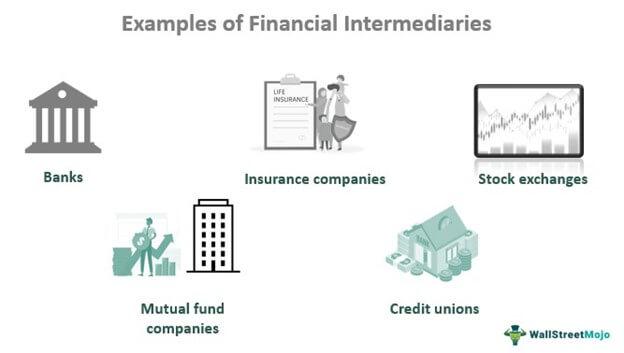James Chen, CMT is an expert trader, investment adviser, and global market strategist. He has authored books on technical analysis and foreign exchange trading published by John Wiley and Sons and served as a guest expert on CNBC, BloombergTV, Forbes, and Reuters among other financial media.
Learn about our editorial policiesUpdated September 23, 2020Reviewed byMargaret James Reviewed byMargaret JamesFull BioPeggy James is a CPA with over 9 years of experience in accounting and finance, including corporate, nonprofit, and personal finance environments. She most recently worked at Duke University and is the owner of Peggy James, CPA, PLLC, serving small businesses, nonprofits, solopreneurs, freelancers, and individuals.Learn about our Financial Review BoardFact checked byAmanda Bellucco-ChathamFact checked byAmanda Bellucco-ChathamFull BioAmanda Bellucco-Chatham is an editor, writer, and fact-checker with years of experience researching personal finance topics. Specialties include general financial planning, career development, lending, retirement, tax preparation, and credit.
Learn about our editorial policies
What Is a Financial Intermediary?
A financial intermediary is an entity that acts as the middleman between two parties in a financial transaction, such as a commercial bank, investment bank, mutual fund, or pension fund. Financial intermediaries offer a number of benefits to the average consumer, including safety, liquidity, and economies of scale involved in banking and asset management. Although in certain areas, such as investing, advances in technology threaten to eliminate the financial intermediary, disintermediation is much less of a threat in other areas of finance, including banking and insurance.
Key Takeaways
How a Financial Intermediary Works
A non-bank financial intermediary does not accept deposits from the general public. The intermediary may provide factoring, leasing, insurance plans, or other financial services. Many intermediaries take part in securities exchanges and utilize long-term plans for managing and growing their funds. The overall economic stability of a country may be shown through the activities of financial intermediaries and the growth of the financial services industry.
Financial intermediaries move funds from parties with excess capital to parties needing funds. The process creates efficient markets and lowers the cost of conducting business. For example, a financial advisor connects with clients through purchasing insurance, stocks, bonds, real estate, and other assets.
Banks connect borrowers and lenders by providing capital from other financial institutions and from the Federal Reserve. Insurance companies collect premiums for policies and provide policy benefits. A pension fund collects funds on behalf of members and distributes payments to pensioners.
Types of Financial Intermediaries
Mutual funds provide active management of capital pooled by shareholders. The fund manager connects with shareholders through purchasing stock in companies he anticipates may outperform the market. By doing so, the manager provides shareholders with assets, companies with capital, and the market with liquidity.
Benefits of Financial Intermediaries
Through a financial intermediary, savers can pool their funds, enabling them to make large investments, which in turn benefits the entity in which they are investing. At the same time, financial intermediaries pool risk by spreading funds across a diverse range of investments and loans. Loans benefit households and countries by enabling them to spend more money than they have at the current time.
Financial intermediaries also provide the benefit of reducing costs on several fronts. For instance, they have access to economies of scale to expertly evaluate the credit profile of potential borrowers and keep records and profiles cost-effectively. Last, they reduce the costs of the many financial transactions an individual investor would otherwise have to make if the financial intermediary did not exist.
Example of a Financial Intermediary
In July 2016, the European Commission took on two new financial instruments for European Structural and Investment (ESI) fund investments. The goal was to create easier access to funding for startups and urban development project promoters. Loans, equity, guarantees, and other financial instruments attract greater public and private funding sources that may be reinvested over many cycles as compared to receiving grants.
One of the instruments, a co-investment facility, was to provide funding for startups to develop their business models and attract additional financial support through a collective investment plan managed by one main financial intermediary. The European Commission projected the total public and private resource investment at approximately €15 million (approximately $17.75 million) per small- and medium-sized enterprise.




